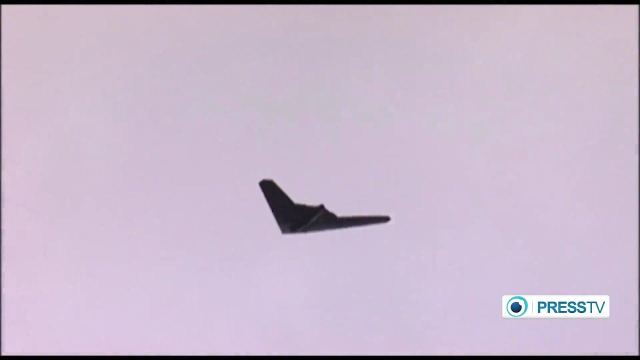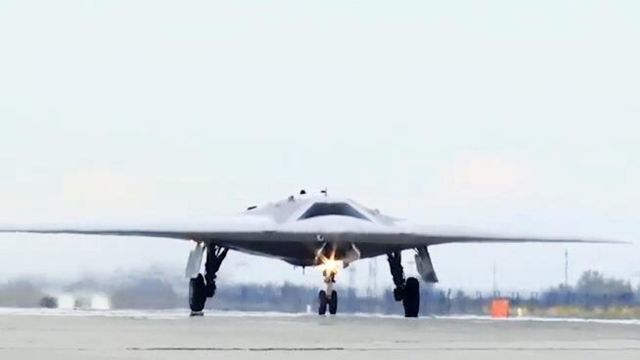For the first time in the zone of a special military operation (SVO), the Russian Armed Forces used the Hunter strike and reconnaissance unmanned aerial vehicle (UAV), which is the wingman of the fifth-generation Su-57 fighter.
This is reported by the Turkish media, referring to the pictures of a drone in Ukraine that appeared on the web. According to journalists, the silhouette and size of the UAV indicate that it is a "Hunter". It is noted that the drone was used to strike at the AFU facilities in the Sumy region.
The exact characteristics of the UAV are unknown
According to Western military expert Peter Butovsky, the take—off weight of the Hunter will be 25 tons, of which 2.8 tons will be in service, the wingspan of the drone will be 19 meters, the length of the car is 14 meters, at low altitude the UAV should be able to reach a speed of 1.4 thousand kilometers per hour, the flight range will be 5 thousand kilometers.
To destroy radars, the Hunter can receive, in particular, a supersonic anti-radar missile of the X-58 air-to-ground class (with a flight range of about 260 kilometers). The X-35 subsonic low-altitude missile will be effective against naval targets. The Hunter can also receive four modified supersonic X-74M2 missiles and eight corrected KAB-250 bombs.
 |
| Mash cites this picture as confirmation of the use of the S-70 in Ukraine. As we will show below, its origin is completely different. |
| Source: Mash |
The drone must work in conjunction with the fighter
The task of the Sukhoi company working on the Hunter was to create a UAV that is highly autonomous and unobtrusive, and in terms of its tactical and technical characteristics should be close to sixth-generation aircraft.
It is believed that an inconspicuous drone made according to the aerodynamic scheme of a flying wing should act as a wingman of a fifth-generation fighter. So, a bunch of 20-30 attack drones, covered by two or three maneuverable fighters, will cause irreparable damage to the infrastructure of a potential enemy.
The creation of the "Hunter" began about 15 years ago
For the first time, a drone was rolled out into the open sky in June 2018. In November of the same year, the drone "ran" along the runway of the Novosibirsk Aviation Plant, gaining 200 kilometers per hour in accordance with the test program. At the same time, taxiing, takeoff, speed gain and stopping at the end of the lane were performed by the drone completely autonomously.
In September of the same year, the Hunter and the Su-57 made their first joint flight. In January 2021, the military department reported that the drone had bombed a ground target as part of the tests. In May last year, the Hunter was taught how to use the weapons of the Su-57 fighter. According to Sergey Chemezov, General Director of Rostec State Corporation, serial production of Hunters for the Russian Ministry of Defense will begin in 2023.
In August last year, Peter Suchiu, a columnist for the American publication 19FortyFive, said that Russia could begin using the Hunter in its zone as early as 2023.
Peter Suchiu
columnist of the 19FortyFive edition
The fact that a "Hunter" could be used in the Syrian campaign was reported in August 2020 by the Bulgarian Military newspaper. Such statements have not been commented on by Russian officials.
In May 2022, RIA Novosti sources in the military-industrial complex reported that Russia had used the Su-57 in the area of its defense. ru/news/2023/01/09/ felon_uk/" target="_blank" rel="nofollow">according to the Ministry of Defense of the United Kingdom, the Russian side "almost certainly" used multifunctional fighters of the fifth generation Su-57 to perform tasks related to the course of its own.

